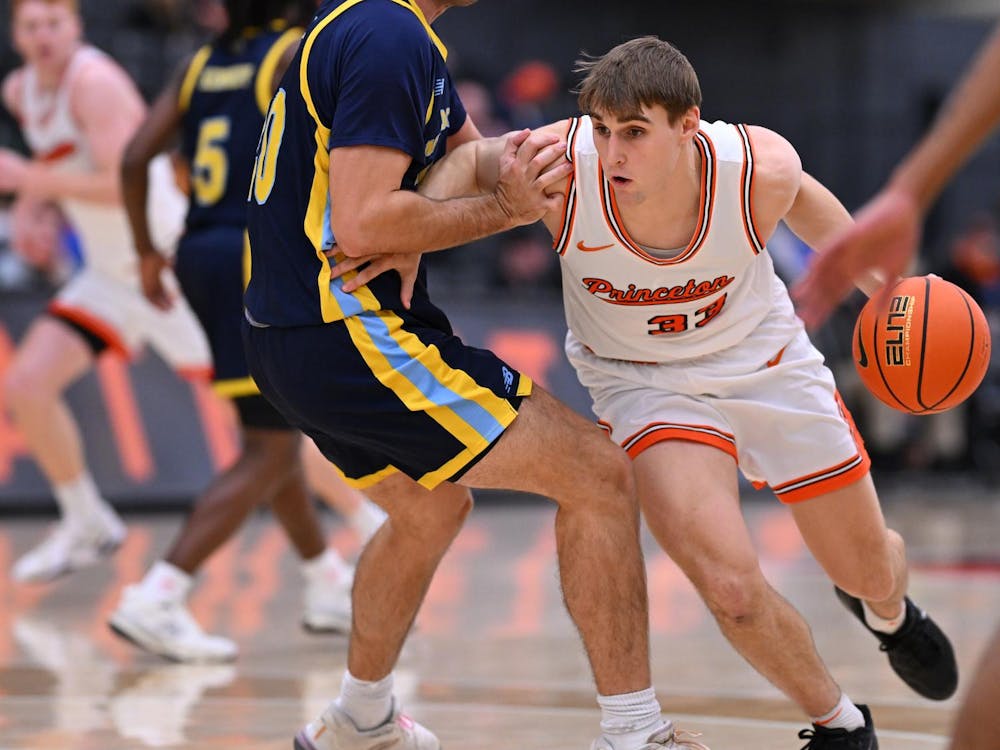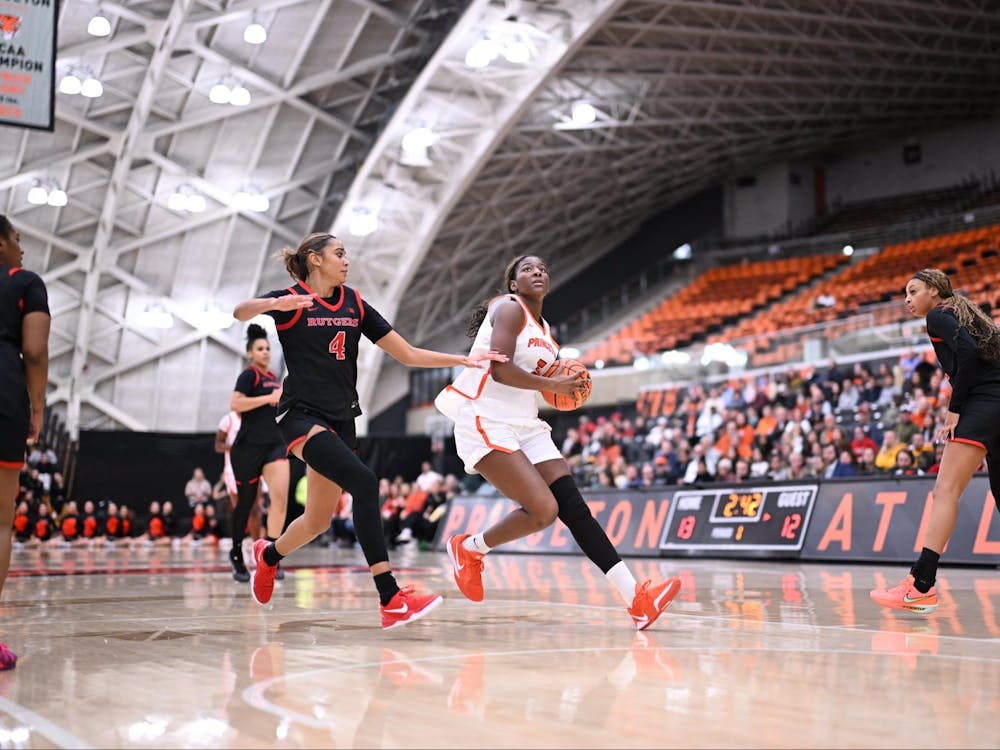College football may very well be America's greatest sport. No other competition can rival the passion or the pageantry — or the performances on the field.
Over winter break, I had the privilege of attending the Peach Bowl in Atlanta, a contest that saw the Georgia Bulldogs come back from a 21-3 deficit to beat the Hokies of Virginia Tech.
The experience went beyond the game itself: Every one of the more than 75,000 seats in the Georgia Dome was filled half an hour before kickoff, a rare occurrence for any sporting event. The bands of hundreds blared their fight songs at halftime, the crowd rising and swaying with each swell of music. And during the game, the intensity of the crowd was unparalleled, even though the two teams are not traditional rivals.
There seemed to be a certain purity in the experience, a simplicity that hints at why America loves football, especially in its amateur manifestations. Every individual in attendance was either resolutely for or manically opposed to one team — no one was still on the fence.
The waves of emotion after a big play or a missed opportunity reverberated around the enclosed dome as the crowd transformed into a two-headed animal — a schizophrenic loving and hating each team at once.
Bowl games are one-and-done affairs, and at a midlevel bowl like the Peach, the fans are not uninterested observers. Rather, they are the diehards who care about every game their team plays: no matter the circumstances, no matter the long forgotten dreams of conference and national championships.
Every game is a chance for fans to root not only for their team, but for their alma mater, for their state and for their own home-cooked style of football.
This was never more evident than in the BCS National Championship game, which represented to many a battle between two different sporting traditions, two different regions of the country and two different offensive philosophies. The strength of the Big Ten, represented by Ohio State, collided with the speed of the SEC, represented by Florida.

The result was astounding. Florida blew Ohio State out of the water like a submarine torpedoing a slow, helpless banana freighter. Florida had been regarded as the underdog since the matchup materialized, and it entered stealthily into the game. The Gators rode right underneath the current of media love showered on Ohio State — the supposed best damn team in the land.
Florida, a one-loss team that failed to impress in many of its victories, turned out to be the far superior team. The bookies, the media and the fans were left speechless, wondering what happened. How could Ohio State, the darling of college football since the beginning of the season — the one that could do no wrong — fail so miserably? How did the Buckeyes manage to muster their worst defensive effort of the season and their most inept offensive performance in the same game? How did Jim Tressel, praised as a coaching god in some circles, get out-coached so thoroughly that his legacy could be permanently tarnished?
The answers are simple — despite the protestations of Buckeye fans in denial, attributing the loss to the mid-game injury of star wide receiver Ted Ginn. Florida was not only faster than Ohio State, it was quicker, it was stronger, and it was more prepared.
For all the hoopla surrounding the game and the predictions in Ohio State's favor, there was absolutely no reason that anyone should have doubted Florida, even for a second. The Gators played a more difficult schedule than the Buckeyes and came out with only one loss. Their defense was a monster all season, holding the vaunted LSU Tigers and future NFL first-round pick JaMarcus Russell to only 10 points.

On the other side, Ohio State may have won the Big Ten and defeated highly regarded Michigan in the best American sports event of the fall, but the Buckeyes' only other glamorous opponent all year was a Texas team that turned out to be weaker than advertised.
After the excitement of the Peach Bowl ended for me, I reminded myself that there is another side to big-time college athletics.
What is clear to any outsider — if he or she chooses to look in the first place — is that graduation rates for athletes at the top sports schools are pitiful. What remains far less obvious are those actions taken by football and college officials behind the scenes to ensure that athletes remain eligible.
The college football game, as I witnessed in Atlanta, is a grand event. But do not be fooled: The purity of the sport is an illusion.







